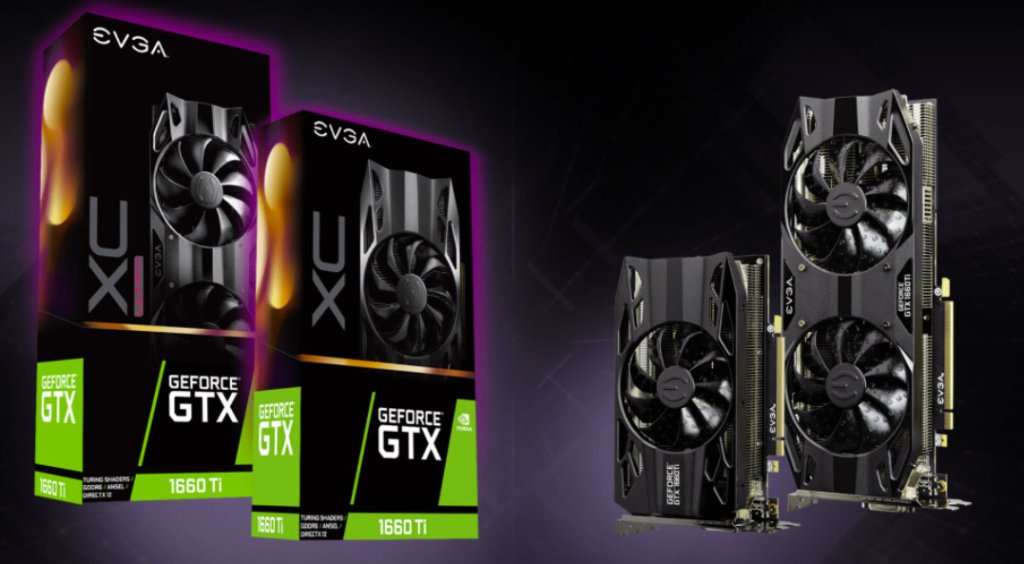

Budget gamers have reason to be saddened by the news that Nvidia is reportedly burying its cherished GTX 16-series GPUs behind the barn. Although Nvidia has not yet provided confirmation, these GPUs are the only non-RTX cards the business still produces and are getting on in years. This makes sense for Nvidia’s future since, at this point, it probably wants gamers to use its RTX-branded cards so that adoption rates for DLSS and ray tracing may continue to rise.
According to Wccftech, information about Nvidia’s intentions to discontinue the 16-series was obtained via a Chinese board partner forum. According to the forum, Nvidia informed its partners that it would be discontinuing 16-series GPUs in just a few weeks, during the first quarter of 2024. Partners were informed of this development and instructed to acquire what they require now, as the cards would no longer be manufactured after 2024. Given that these cards were the only reasonably priced option to the company’s far more expensive RTX series of GPUs, it appears that the age of Nvidia GPUs at low prices is coming to an end. Since their original release in 2019, the GPUs have been well-liked on the Steam charts since they provided an inexpensive means of obtaining good performance in both older titles and e-sports.

Due to their popularity among gamers on a budget, Nvidia continued to release new versions of the cards in this family, which results in a large number of them. GTX 1660, GTX 1660 Ti, GTX 1660 Super, GTX 1650, GTX 1650 Super, GTX 1650 Ti, and the GTX 1630 entry-level graphics card are among them. They debuted in the midst of Nvidia’s efforts to get gamers to purchase its RTX 20 series, during the height of the Turing era. However, as ray tracing was still in its infancy and only supported in a small number of titles, those GPUs were deemed excessively costly. Although they were Turing GPUs, the 16-series did not support ray tracing. The majority cost between $169 and $229, while the $249 RTX 3050 is Nvidia’s entry-level GPU.
It’s unclear if Nvidia will replace these GPUs with a new, less expensive non-RTX lineup of GPUs, but it doesn’t seem likely. Due to the increasing demand for their AI accelerators, the company has been making historically high profits recently, shifting its focus from gaming to artificial intelligence. Its data center revenue in the most recent quarter, which ended in October, was five times more than that of its gaming division, so it probably isn’t too concerned about producing low-cost GPUs with thin profit margins these days.